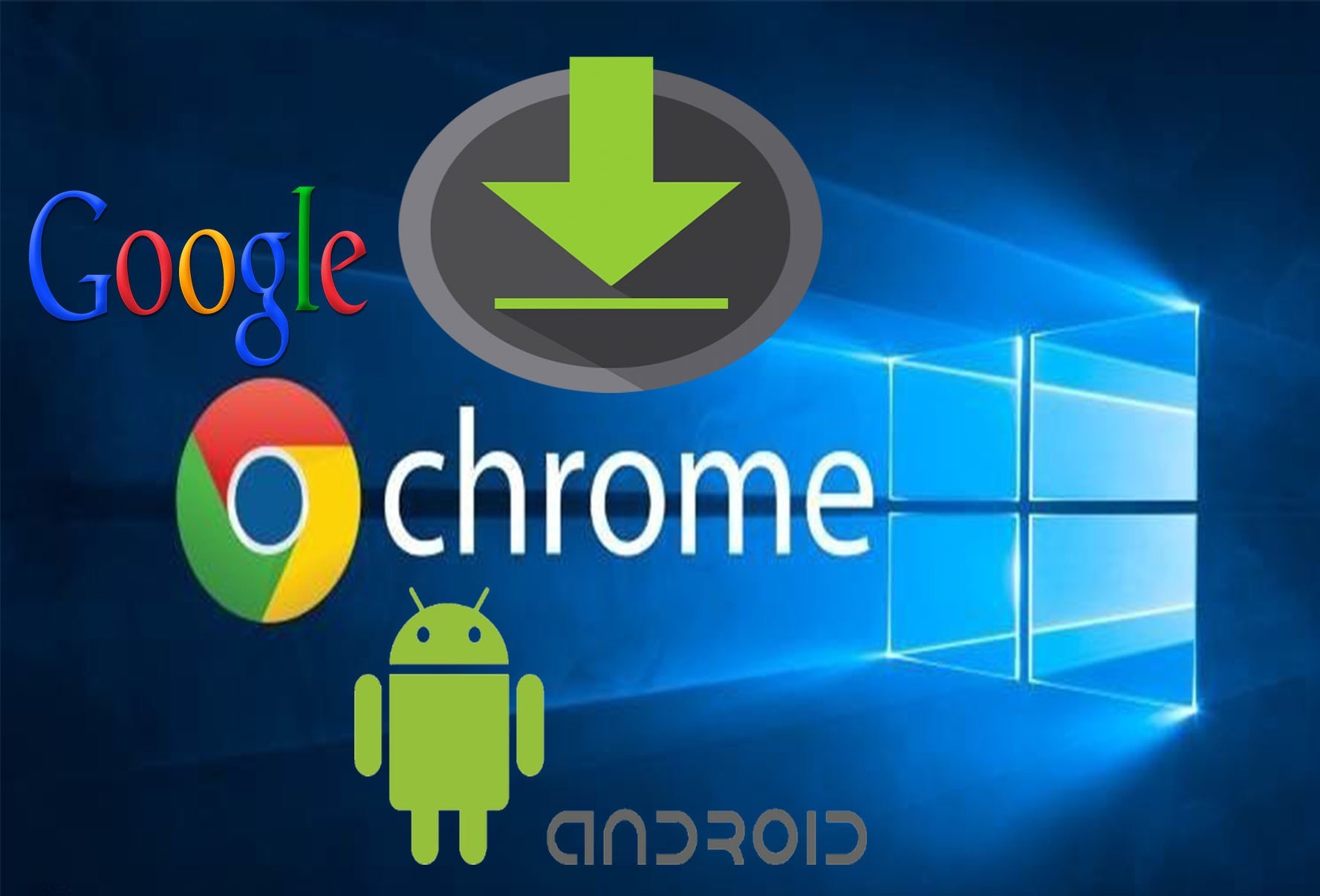
At that point, all stable features are finalized and merged with the stable branch.Google Chrome updates automatically as new iterations are released to the public. The Thursday before the stable version is pushed out (which generally happens on Tuesdays), the latest beta build becomes the release candidate. This is also the reason why we see some features that were initially planned for a particular stable release get pushed back to the next major build.įor the remaining four weeks of the beta stage, new builds are released weekly up until the stable release. After two more weeks in the beta channel, a feature freeze is put in place-that means all features destined for the stable channel should be code-complete. It remains here for two more weeks, at which point it’s pushed into the first beta release. This is where new features and enhancements are designed and implemented.

Chrome Release CycleĮvery six weeks, a Canary build is set as the new milestone stabilization branch. It’s also really cool to see features progress as they make their way through the release channels. Those are in order from least stable (Canary) to most stable (um, Stable).Įventually, the features that first show up in Canary should make their way to the stable channel-that’s why a lot of users who want to get a glimpse into the future run multiple version of Chrome on their computers. There are four branches of Chrome development: Canary, Dev, Beta, and Stable. The primary exception here is that the rollout schedule may vary depending on the particular Chrome OS device-it may take a few weeks to hit some devices, as each one is slightly different. Otherwise, Chrome OS follows the same basic release process as the Chrome OS browser. So, for example, Chrome 73 was released on March 12, but Chrome OS 73 didn’t land on the stable channel until March 19th. While the version numbers and features generally mirror that of their browser counterpart, Chrome OS releases usually happen a week after the browser update.

Like the major browser releases, Chrome OS is updated roughly every six weeks. This also shows you when the current stable version became stable, as well as information about the unstable versions of Chrome being tested in the Beta and Dev channels. If you’re curious when the next major version of Chrome will be released to the stable channel, check the Chrome Platform Status website.

You can always open the menu and head to Help > About Google Chrome to check for and install any updates immediately, too. Chrome will install both major stable updates and smaller updates automatically when they’re available.


 0 kommentar(er)
0 kommentar(er)
